Introducing Filipino Food Culture to the New Generation with Quan’s Filipino Kakanin
The Philippines is known for its rich culture with the twist on their delicacies that will surely capture your heart. Kakanin in this country is served as a snack, dessert, or even in different events and fancy occasions; the presence of kakanin is captivating. Other regions in the Philippines offer various delicacies, which will make them more interested in each of them because of their distinction. These delicacies are not only for adults who grew up eating delicious foods but also for the Millenials, Gen-Z, and now the generation Alpha.
In our family, we made sure to serve these foods to our little ones. Various types of kakanin made mostly of glutinous rice or other crops in the country tell so much about our culture and the creativity of the early cooks.
When ovens and other modern kitchen appliances were not yet invented, our forefathers used improvised ovens using charcoal and steamer using their earthen wares and banana leaf.
Knowing how these delicacies were created will surely amaze the new generation.
Admittedly, we cannot also do these delicacies using the traditional methods nor have the time to do it using our modern kitchen appliances. However, we don’t allow time to pass by without letting our young ones grow without knowing these delicacies and the rich history behind these foods. What we do instead is to buy these Filipino Kakanin as a dessert or even as our snack offerings, especially when we have guests at home.

Filipino Kakanin in one party bilao by Quan Delicacies. You can order this and pick what food to include in your bilao.
Filipino Kananin in Bacolod City
In Bacolod City, Negros Occidental, one restaurant specializes in Filipino Kakanin, the Quan Delicacies. Quan Delicacies is the only establishment in the city offering these delicacies and is getting so much support from the local community. Quan has branches all over Bacolod City, another outlet in La Carlota City, and one in Metro Manila.
Bacolod City Branches
MC Metroplex, Northdrive – (034)4339987 or 7090677
La Salle Avenue – (034)4346379 or 7085055
Gaisano Araneta – (034) 7078440
San Juan Street – (034) 7041253
Veranda at EastBlock Circumferential – telephone number (034) 7089095
Robinsons Supermarket – telephone number (034)4761518
Metro Ayala Talisay – telephone number (034) 7023466
SM Food Court – telephone number (034) 2138678
Phoenix Gas Station Locsin/San Sebastian St – (034) 7042132
Manila Branch
1797 Dian St. Palanan, Makati – (02)83358

Panara | Filipino Kakanin
List Filipino Kakanin by Quan Delicacies
Listed below are some of the delicacies produced by Quan. Some of these are only available by particular order, but most are available daily in various outlets.
PANARA
Panara is a fantastic snack dish or appetizer with mung bean sprouts and other flavorings wrapped in a wonton wrapper. This deep-fried dish is eaten with “sinamak,” a spiced vinegar.
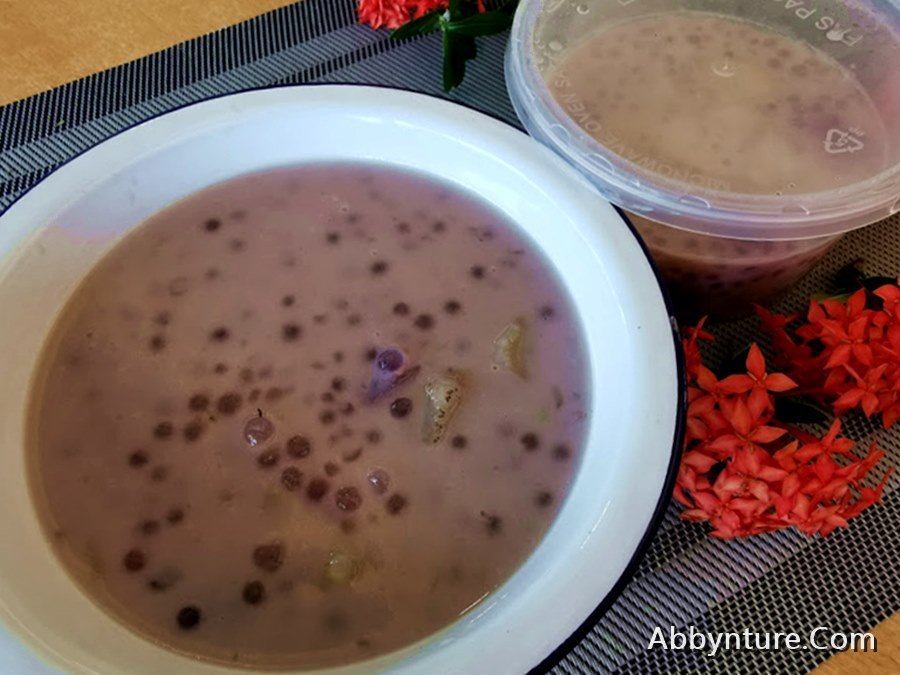
Ginataan | Filipino Kakanin
GINATAAN
Ginataan or Binignit among the Cebuanos is one native kakanin served by Quan. It is packed in a ready-to-go canister, and you can heat this at home before consuming it.

Bibingka | Filipino Kakanin
BIBINGKA
During Christmas time, you are having trouble with what to bring to your parties. Well, no need to be anxious about that. You can get bibingka or even cook it on your own. If you do not have enough time, during Ber-months in the Philippines, bibingka vendors are usually selling bibingka on the roadside. It is delicious and delightful for everyone who tried it. But you need not wait for the ber months to enjoy this food, head to Quan and order this food over the counter.
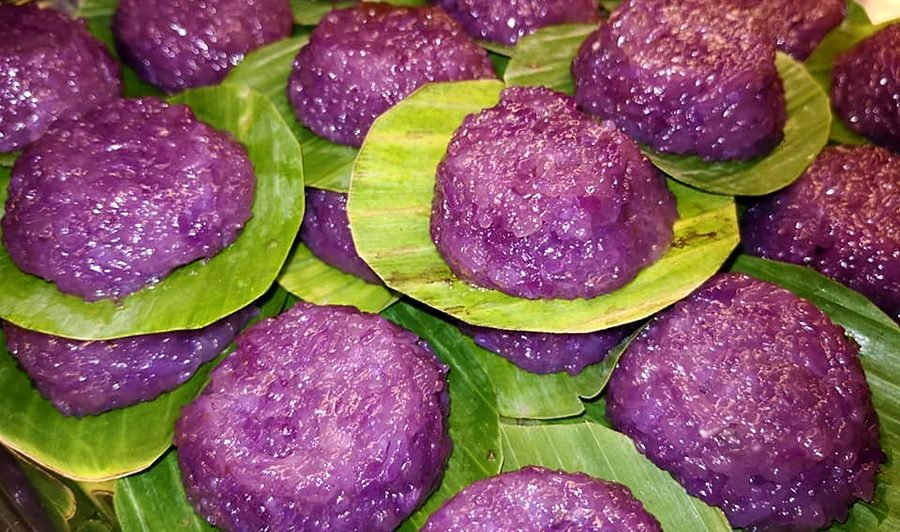
Biko | Filipino Kakanin
BIKO/SUMAN
Biko, well-known as “suman,” is an ordinary but memorable rice cake that you can buy in Luzon. It is made of glutinous rice, coconut milk, and sugar. This is the “ordinary but best kakanin” that you can buy around the Philippines. Quan’s versions come with various flavors like ube, pandan, and another version is “suman tagalog.”
ALUPI
If you have children that do not know what to do during quarantine, try making alupi and enjoy this as your bonding time. Just mix and steam grated Cassava, sugar, and young coconut wrapped with banana leaves. You can also serve this in merienda time while chilling and watching different movies.
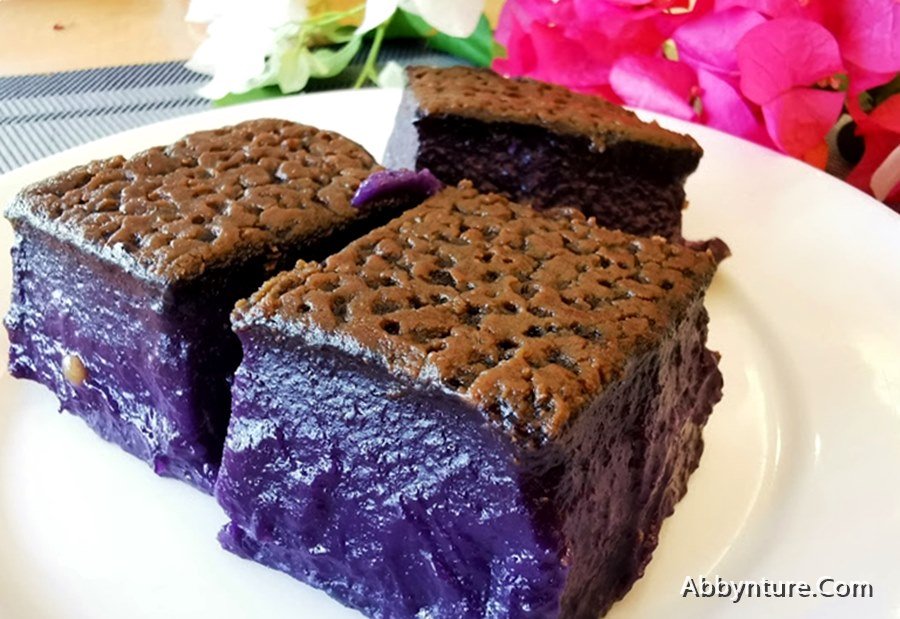
Ube Pudding | Filipino Kakanin
UBE PUDDING
The Ube Pudding is another version of Cassava pudding that will be mentioned after this. Instead of Cassava, this kakanin uses use as the main ingredient. Ube is very familiar with the palates of the Filippino. That is why people are buying this more often.

Cassava Pudding | Filipino Kakanin
CASSAVA PUDDING
Cassava pudding can be purchased anywhere in the Philippines because vendors and other businesses offer cassava products besides the road. You can also call for different shops to deliver the delicacy to your house. It can also be served during special occasions like Christmas or birthday celebrations. Quan’s cassava pudding is one of the most popular items in all its outlets.
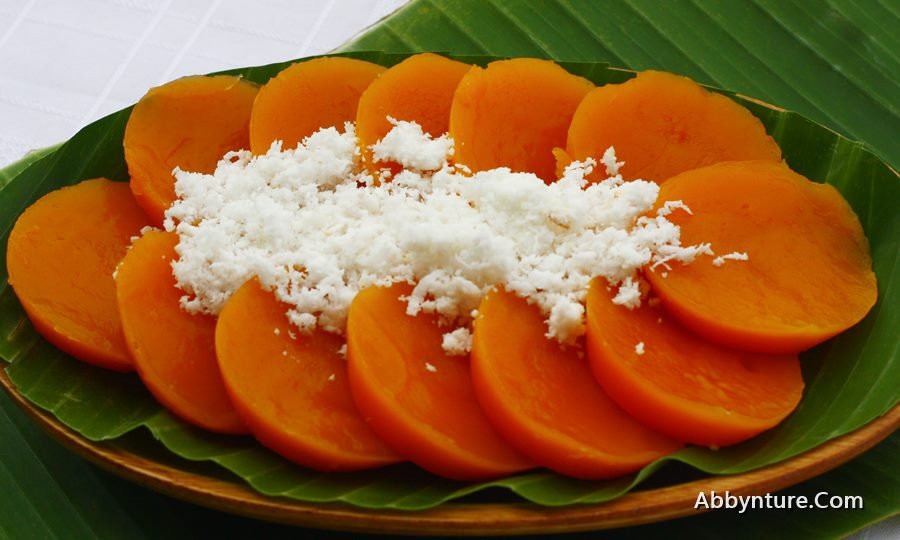
Cuchinta | Filipino Kakanin
CUCHINTA
Cuchinta can also be purchased from the market, and this is made of rice flour, sugar, lye, food color, water, and grated coconut. It can also be topped with cheese. You can make it while under community quarantine; there are many tutorials available online.
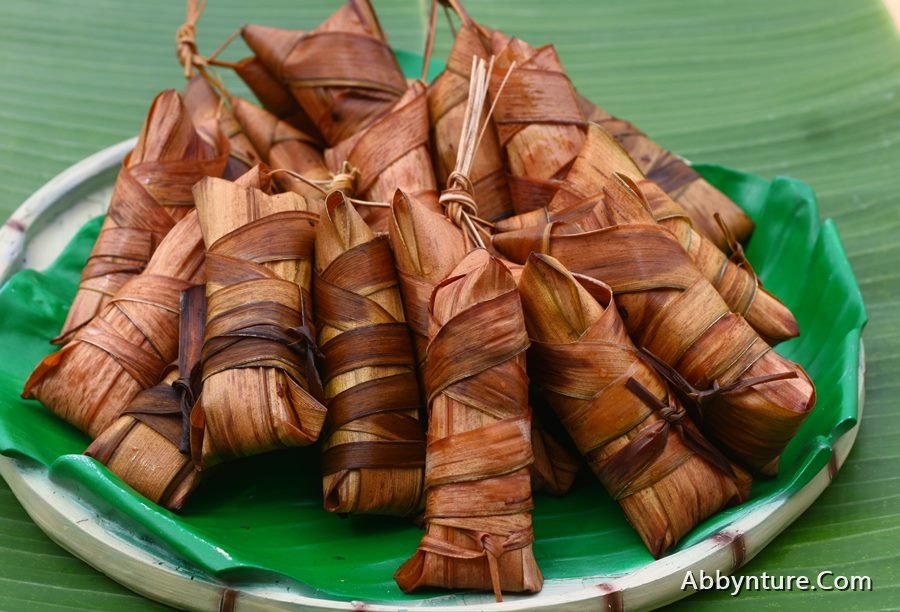
Ibos | Filipino Kakanin
IBOS
The term “Ibos” refers to the wrapping leaves used in making the kakanin. Ibos is like buri or palm leaves, and “Suman sa Ibos” is the correct name for the kakanin. This is best served with ripe mango; then, you can enjoy the luscious taste of this product.
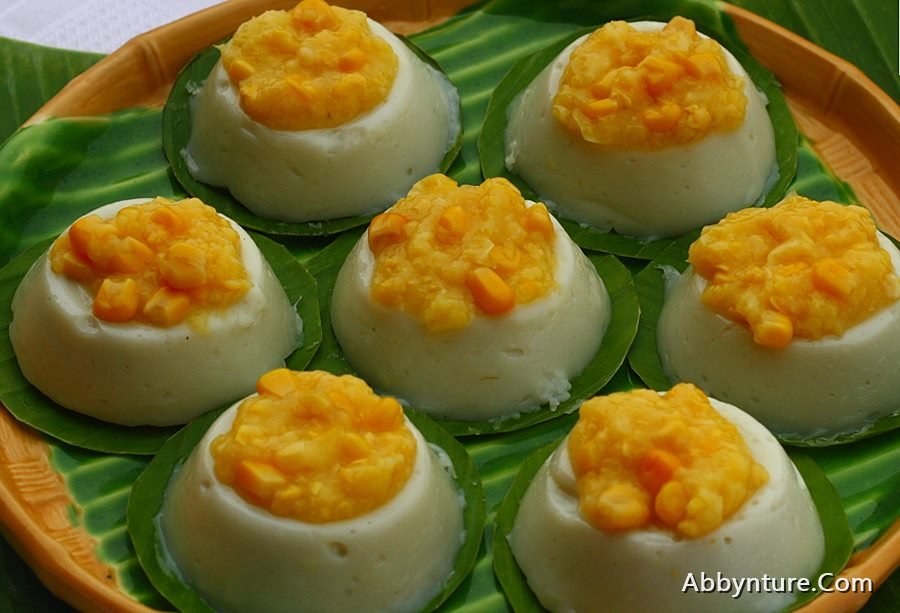
Maja Blanca | Filipino Kakanin
MAJA BLANCA
Maja Blanca is known for its creaminess. It is also called coconut pudding, made from coconut milk, cornstarch, and sugar. Old individuals in the Philippines love the taste of Maja Blanca, and it is easy to do when you have free time. Just mix the ingredients, and you can add sweet corn for the texture while chewing the food. Teenagers will not resist eating Maja Blanca because of its smooth and creamy texture in the mouth. It is not hard to digest but take note of its sugar content.
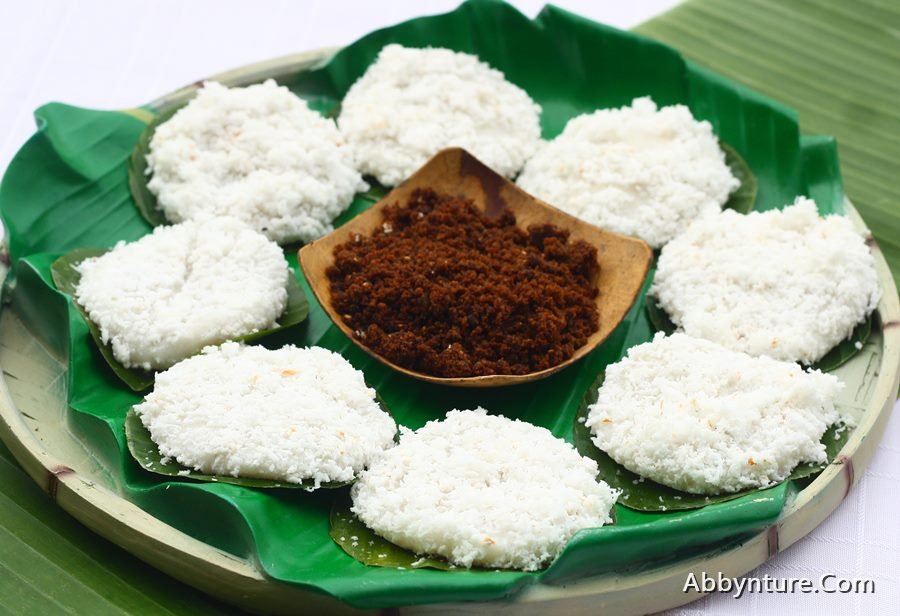
Palitaw | Filipino Kakanin
PALITAW
Palitaw is perfect for merienda or snacks, especially on these quarantine days. In Negros Occidental, this is known as “Inday-Inday,” made of malagkit or sticky rice. In producing this product, you need to wash, soak, and ground the sticky rice resulting in a small, flat, and sweet rice cake. It is served with grated coconut or muscovado sugar. Quan Delicacies do offer this product because it is a well-known delicacy in the Philippines.
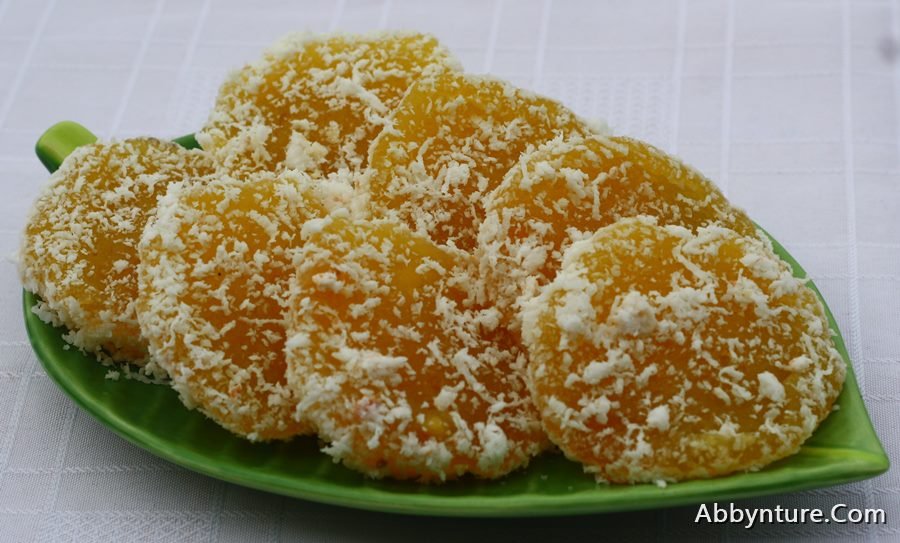
Pitsi-pitsi | Filipino Kakanin
PITSI-PITSI
Another traditional dessert from the Philippines is “Pitsi-Pitsi,” made with Cassava, sugar, and lye. If you have already made cuchinta in your life, you can also make pitsi-pitsi that easily. You can also sell it to different houses while under community quarantine.

Puto Lanson | Filipino Kakanin
PUTO LASON
Puto Lason is originated in Visayas region and it is also known as “aripahol balinghoy” or “Puto taktak.” It is also a famous delicacy that is usually served during mid-afternoon for snack time. Puto Lason is made from grated cassava and sugar. Coconut can be added for additional semisweet flavor.
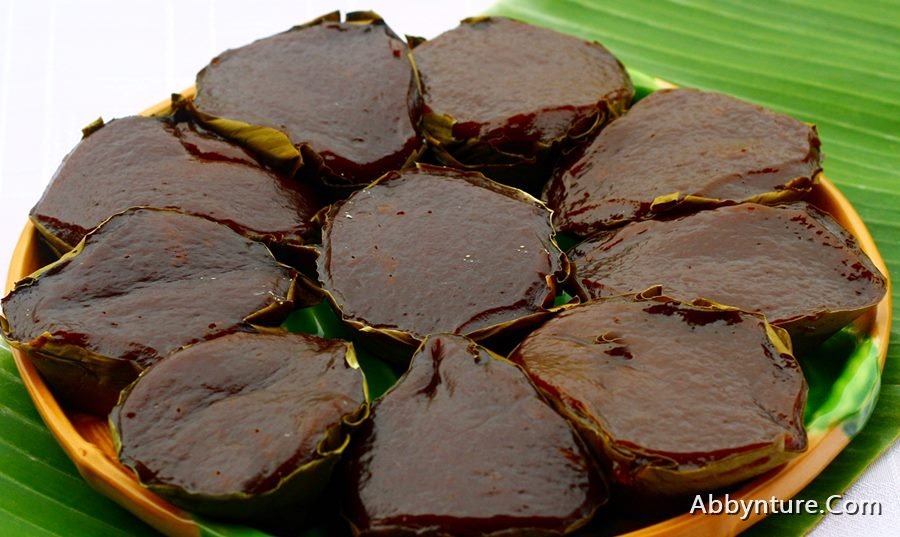
Puto Tikoy | Filipino Kakanin
PUTO TIKOY
Another version of puto is “puto tikoy.” It came from the combination of puto and tikoy. And, it is also different from the usual Chinese tikoy that you can buy during Chinese New Year. To show the relationship of the Filipinos to the Chinese, this delicacy represents the gratitude of the Filipinos to the foreign individual.
KALAMAY HATI
Kalamay hati has a sweet, tasty flavor of brown sugar, glutinous rice, and coconut milk. Another version of kalamay that can be found in different businesses is spreading around the area.
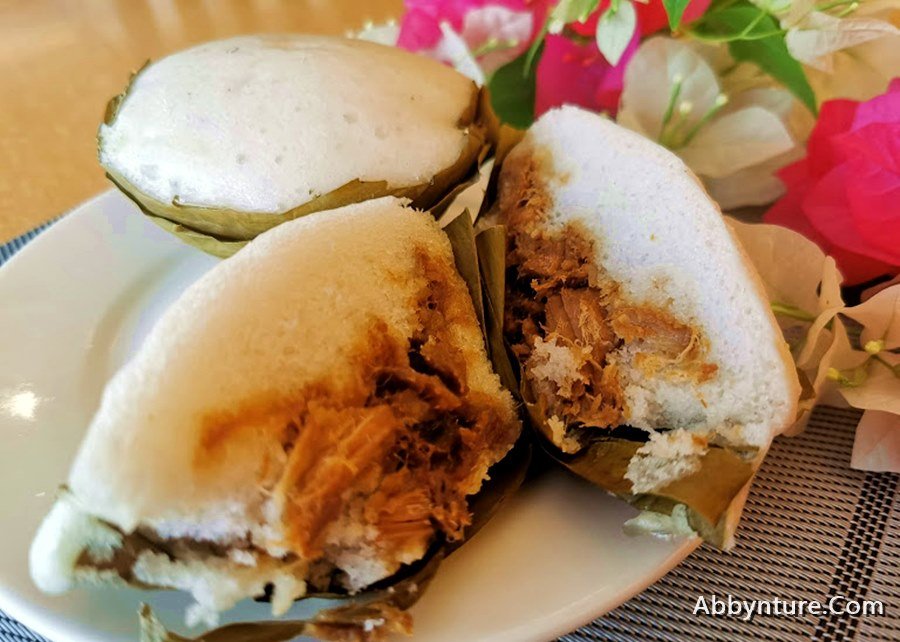
Puto-Pao | Filipino Kakanin
PUTO-PAO
Puto-Pao is another version of the original puto. However, puto-pao is a combination of puto and siopao. Also, note that puto-pao has fillings for a new taste. It is not usually sold around the public market, but you can find puto-pao in different shops offering different delicacies from various provinces.
PUTO
Every Filipino knows the taste of puto, especially if you partner it with a “dinuguan” dish. It can also be partnered with coffee during breakfast. It has a plain white color made from rice flour. To make this product, steam the ingredients, and there you have it. You can buy it in various colors like pink, violet, green, etc. You can watch tutorials in making puto if you want to do the activity while your province is quarantined. Quan’s Puto is reviewed as one of the best in Bacolod City.
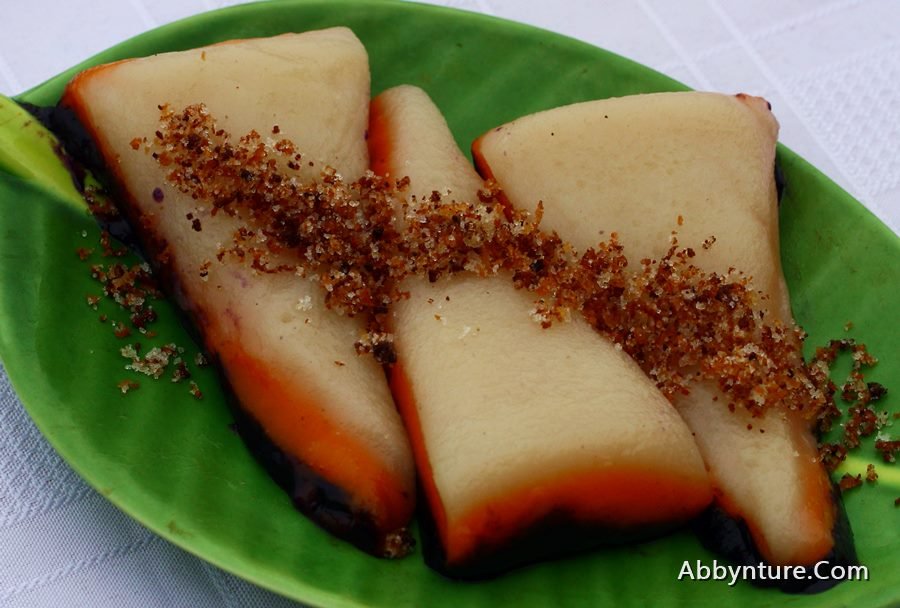
Sapin-sapin| Filipino Kakanin
SAPIN-SAPIN
If you are looking for a colorful, tasty delicacy, come to the Philippines and see the bewildering Sapin-sapin. It will attract not only your eyes but also your tongue. Sapin-sapin is made from rice flour, coconut milk, sugar, water, flavoring, and coloring to make it pleasing insight. Children love seeing colorful foods, and it’s making them excited about eating these aesthetic delicacies. It can be bought in the market for a low price. Despite its affordable price, the taste is overwhelming.

Ukoy | Filipino Kakanin
SPECIAL UKOY
Ukoy is a crispy-fried fritter made from squash, potato, and some use Cassava. They usually add small shrimps for additional taste. It is better to dip it in sukang paombong and serve it in “inuman” or other occasions. Quan’s special ukoy is unique; it’s crisper, thinner, and more flavorful. It would be best if you tried this.
YAM-YAM
Yam-yam is one of the latest delicacies that you can buy here in the Philippines. It comes in different colors depicting the view of a rainbow made from Cassava and other secret ingredients. Young and young hearts will surely enjoy this dessert for its new and improved version of other delicacies here in the country.
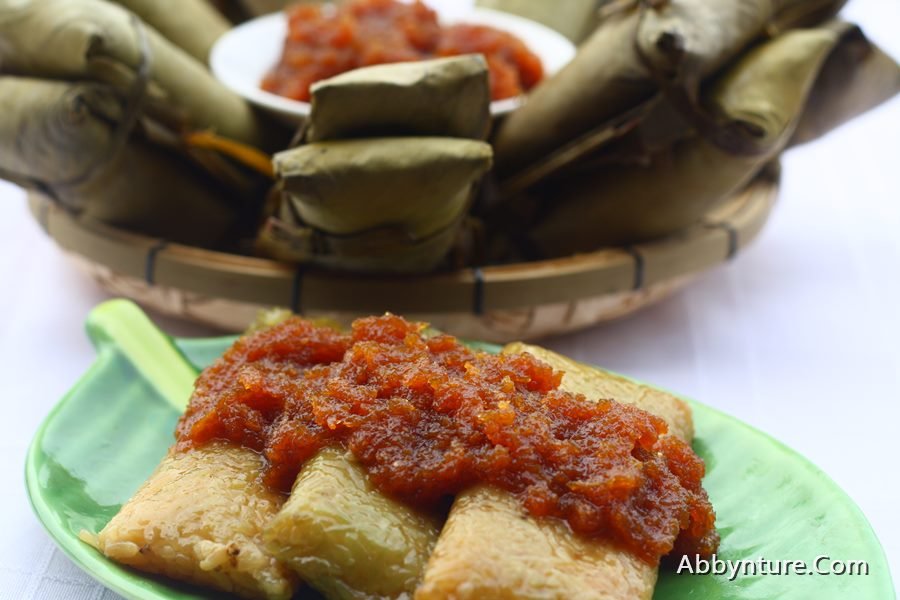
Suman Latik | Filipino Kakanin
SUMAN LATIK
Another product that is made from glutenous rice is “Suman Latik.” It is usually wrapped in banana leaves and served with “latik” on top of it. Suman latik can be found anywhere around the Philippines, especially in the morning; vendors offer different kinds of suman in the market.

Banana Turon | Filipino Kakanin
BANANA TURON
Another favorite snack among Pinoys. This food is made of Saba (banana) wrapped in turn wrapper and deep-fried. It is not super sweet and is a perfect pair for an icy cold soda.
There you have various kinds of delicacies offered by Quan Delicacies. The place has more, and we might add more in this post soon.
I hope this article helps you determine the most famous sweets you can find here in the country. Filipinos offer and celebrate festivals, All Souls Day, and “Mahal na Araw” with these delicacies, so try buying some and introducing the Filipino Food culture to your children.
Related Posts
- Healthy Snacks for Kids
- Intestinal Parasites [ Worms in Kids ] | Prevention Tips
- Kid’s Talents | How to Spot and Enhance
- Healthy Sleep Habits for Your Kids
- Snoring in Children
- Best Brain Foods for Kids | Healthy Boosters
- Educational Games for Kids
- The Baby Bottle Tooth Decay
- Reading Activities for Kids | Making Enjoyable One
- Pros and Cons of Letting Children Watch TV

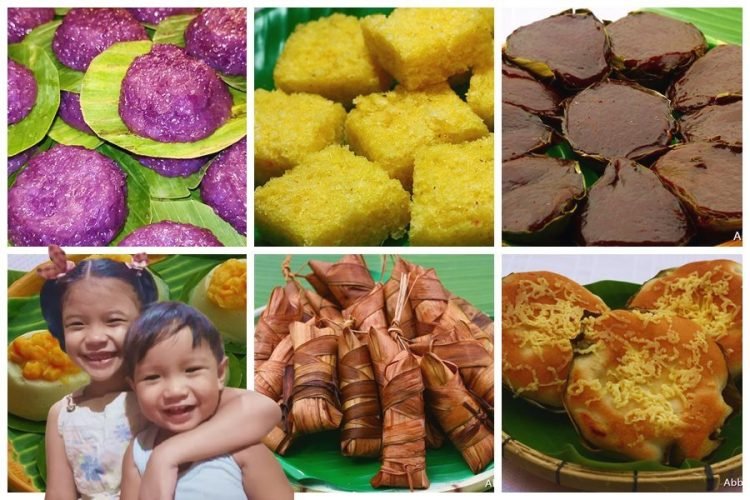

Recent Comments